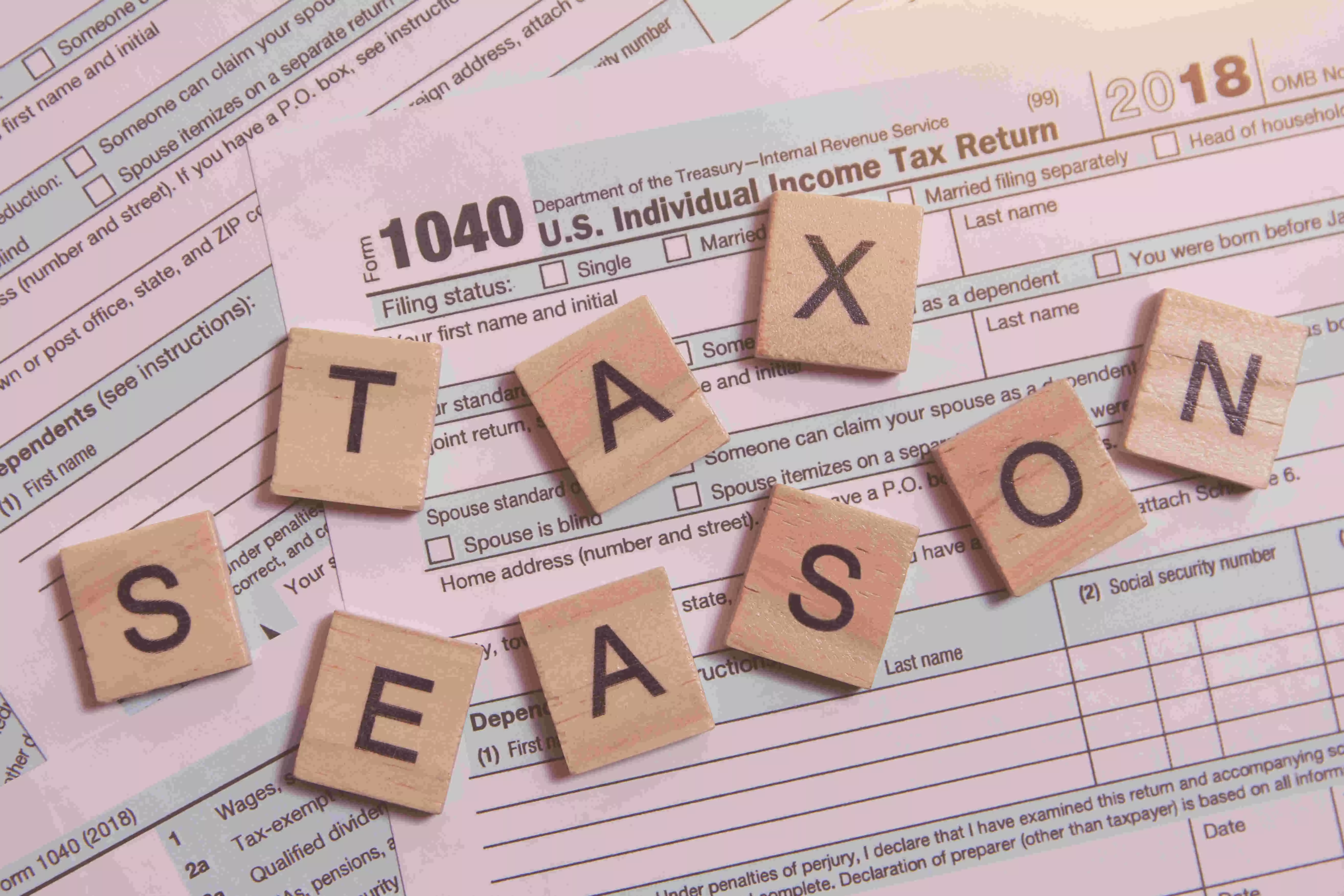Differences between the old and new tax system: Old vs. new tax structure discussion
The new tax regime was introduced in the Financial Year 2020-21 with more progressive tax slabs deemed appropriate for individual taxpayers. But still, individual assessees are only partially satisfied. Want to know more?
image for illustrative purpose

Under Section 115BAC of the Income Tax Act 1961, the new tax regime was introduced with the intention of achieving transparency in tax returns and increasing the number of e-tax filings. According to the latest statistics, the number of e-filings has increased dramatically, but the number of individuals who have opted for the new tax system is limited. As per tax policy comparison of old vs new, 6.86 crore personal tax ITRs were filed in 2022-23, and 7.33 were done in 2023-24, showing a growth of 6.79%.
A famous e-filing company has said that out of their 5 million individual taxpayers, 85% opted for the old system only. The new system was launched in the financial year 2020-2021 with individual-friendly tax slabs. For example, section 87A offers a rebate on income 7 lakhs and below. Choosing between the old and new tax regimes has been indeed a challenge.
Another major milestone rolled out is the revamp of the income tax website, making it more user-friendly and accessible, making the process of e-filing and compliance easier. Sections to help the ITR filing process have been added, making it simpler and hassle-free. Tax filing is now more modern and automated, with the highest scope for detecting fraud.
What do the old and new tax systems offer for financial planning in the old vs new tax system?
Old vs new tax system considerations
Old tax regime:
a. 5, 20, and 30 percent progressive tax slabs
b. Methods to reduce tax liabilities using certain deductions and exemptions
Example
Deductions under chapter VIA for various investments like section 80C and section 80TTA.
New tax regime:
a. Reduced slab rates and ease of filing
b. Reduced surcharge for high-net-worth individuals
Example
Leave encashment amount claimed as exemption increased to Rs 25 lakh from Rs 3 lakh for non-government employees.
Which is better- the old vs the new tax regime:
If you are eligible for deductions and exemptions, the old regime is advantageous. The new tax system provides reduced rates for 15 lakh annual income.
Advantages of the new tax regime
Lower tax rates
Ease of compliance
Increased disposable income
Advantages of the old tax regime
Lower tax liability
Higher returns
Investment benefits
It is understood that the old tax regime was disciplined, and individuals used to invest in various channels, which positively impacted them and the economy. The new tax regime is lucrative but has not improved the Indian economy. So, what do you feel is advantageous? Include us in your old vs new tax structure discussion!

